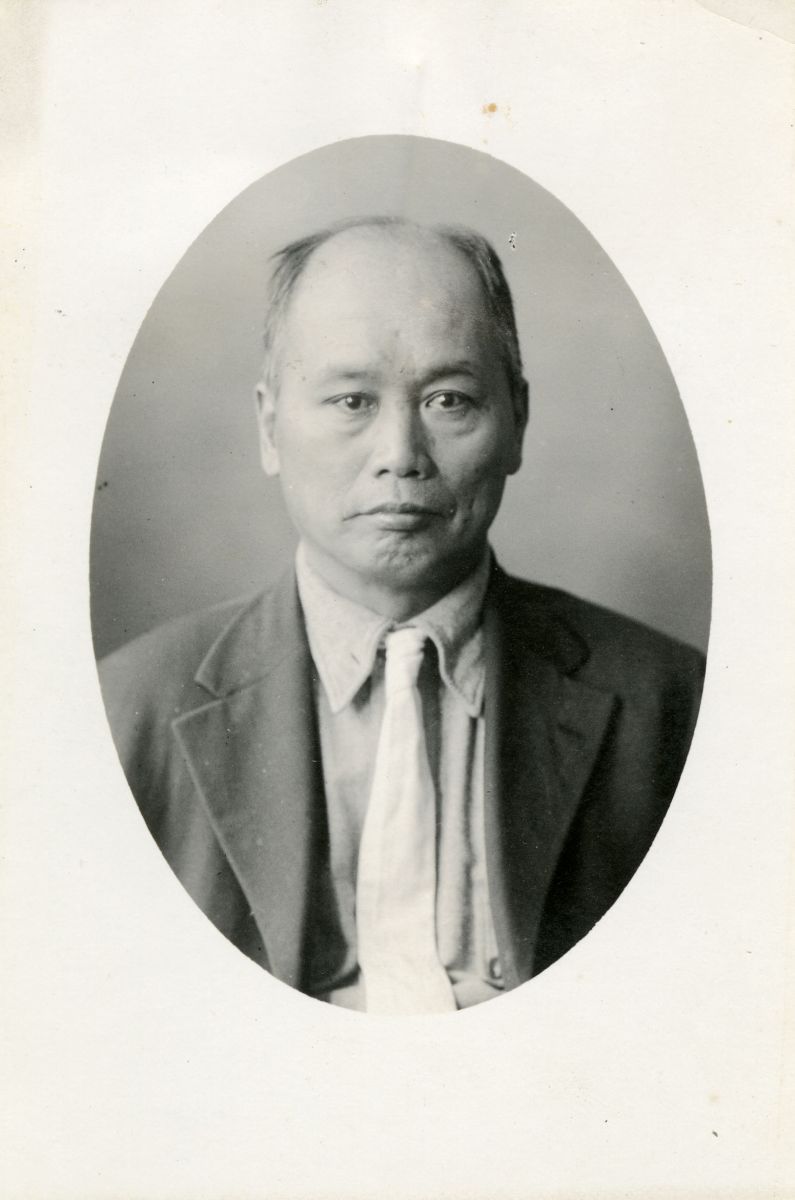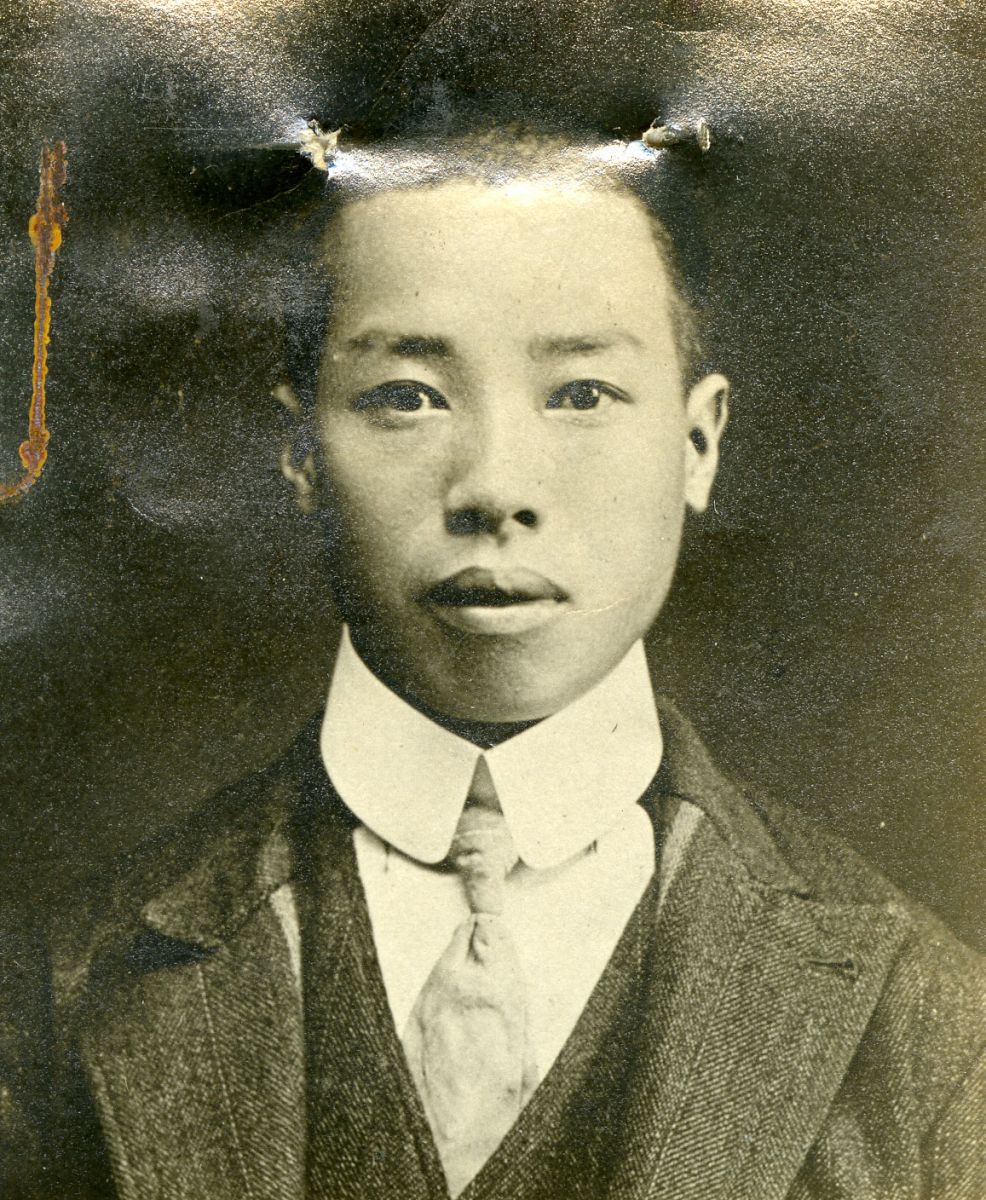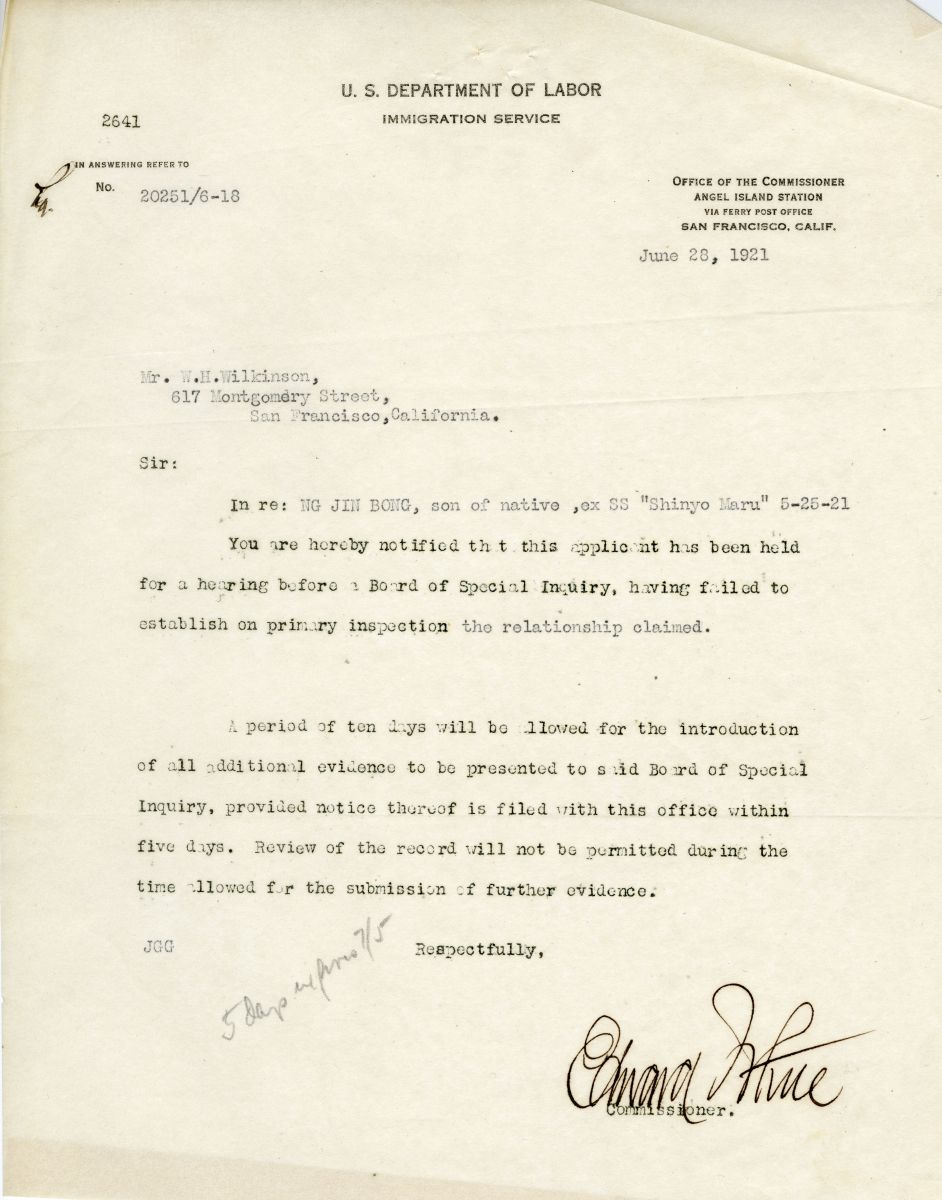 The W.H. Wilkinson Records feature many photographic portraits. The U.S. government required photo documentation of all Chinese immigrants during the period of Chinese Exclusion in the late 19th and early 20th centuries.
The W.H. Wilkinson Records feature many photographic portraits. The U.S. government required photo documentation of all Chinese immigrants during the period of Chinese Exclusion in the late 19th and early 20th centuries. Ferdison Cayetano '20, 2019 W&M Libraries Mosaic Intern, honors Asian and Pacific American Heritage Month by emphasizing the importance of collecting and preserving Asian American narratives. Read on to learn more about some collections at SCRC that document the adversities faced by Asian and Pacific Americans, as well as their successes and the communities they forge.
May is Asian and Pacific American Heritage Month, and to commemorate the occasion, I researched in Special Collections to select documents, photos, and other materials for exhibit. Looking through the SCRC archives was a fascinating journey through Asian American history, and I hope that others will be inspired to take that journey as well.
Upon beginning my research, I was first glad to find that Special Collections even had material relating to the experiences of Asian Americans at all. My own academic experiences at William & Mary include classes such as Asian Pacific American History and Filipino American Diaspora, both of which opened my eyes to the methods by which people of color in America were—and continue to be—marginalized or erased. I was surprised to learn how every aspect of society could be weaponized to undermine every aspect of life for a person of color, and the archives are no exception. The power of an archivist lies in the ability to choose which materials to preserve, and more often than not, the papers of historically silenced people, such as Asian Americans, have not been collected and preserved.
In one of my classes I learned about the tragic fate of the papers of John Okada. Okada, often considered the first Japanese American novelist, drew upon his own experiences as an internment camp detainee in his 1957 book No-No Boy. No-No Boy, an exploration of the psychological aftermath of internment on the Japanese American consciousness, was his only published novel. After Okada’s death, his wife, Dorothy, offered his papers to the archives at the University of California, Los Angeles. When UCLA declined the donation, all of Okada’s papers—notes, letters, even another novel, virtually complete—had no place to go. Struggling with the aftermath of John’s death, Dorothy burned all his papers.
 Another photographic portrait from the W.H. Wilkinson Records.
Another photographic portrait from the W.H. Wilkinson Records.Special Collections at Swem Library endeavors to expand its collections to capture a more complete narrative of history that includes the perspectives and experiences of communities often overlooked. My research led me to the W.H. Wilkinson Records (Mss. Acc. 2009.325). Wilkinson was a San Franciscan immigration lawyer who worked with Chinese clients at the turn of the 20th century. His records contain correspondence from Chinese citizens seeking to immigrate and Chinese Americans trying to bring over their relatives and spouses. The Wilkinson Records document some triumphs— “thank you” telegrams and successful reunions—but just as often, the Chinese Exclusion Act separated families for no reason other than race.
Amidst all these reminders that the Asian American story is fraught with difficulty, it is important to remember that Asian Americans were still able to exercise agency and live their own lives. Despite an early 20th-century tendency to relegate Asian Americans to cultural animosity and menial labor, Asian Americans cultivated thriving communities of their own, and some were even able to claim their own businesses and economic independence.
Such is the case of Hiram Fong, a San Francisco Chinese American retail store owner who corresponded with Wilkinson to vouch for Dong Yook Quai, an undocumented immigrant. Fong’s letterhead (in color!) testifies to his economic success, and his level of concern for an immigrant in faraway Sacramento reveals the depths to which he is embedded within and cares for a greater Chinese American California community. People like Hiram Fong embody the ideals of American success, and I am glad that his story lives on in Special Collections.
 The Wilkinson Records include correspondence from the U.S. Department of Labor Immigration Service. Here, a letter addressed to Wilkinson informs him that Ng Jin Bong had his application suspended because of failure "to establish on primary inspection the relationship claimed." This rejection was common for Chinese applicants due to both inconsistent Chinese familial documentation and xenophobia in the United States.
The Wilkinson Records include correspondence from the U.S. Department of Labor Immigration Service. Here, a letter addressed to Wilkinson informs him that Ng Jin Bong had his application suspended because of failure "to establish on primary inspection the relationship claimed." This rejection was common for Chinese applicants due to both inconsistent Chinese familial documentation and xenophobia in the United States.
Resources and More to Explore:
- Explore the finding aid for the W.H. Wilkinson Records (Mss. Acc. 2009.325) on our Collection Guides database.
- Learn more about the history of Asian and Pacific Americans at William & Mary on the Special Collections wiki. Please note this page is still under construction.
- W&M users can access the full text of John Okada's No-No Boy through the library catalog.